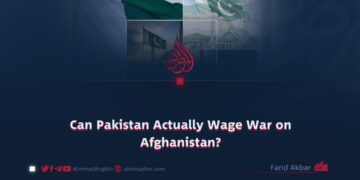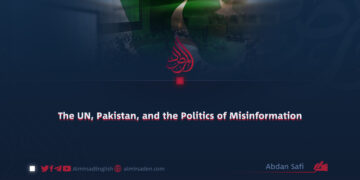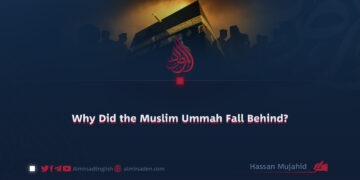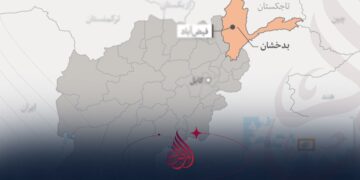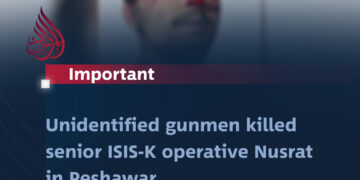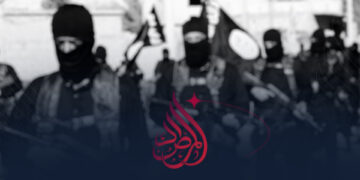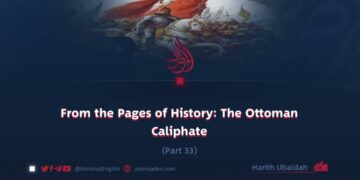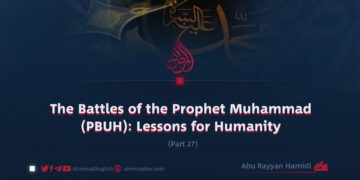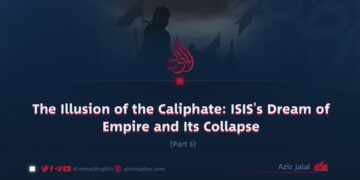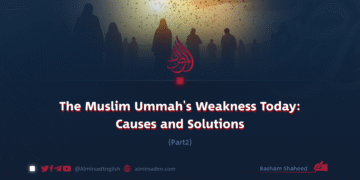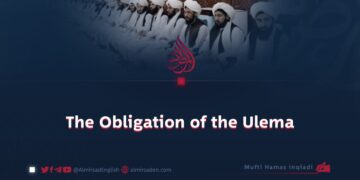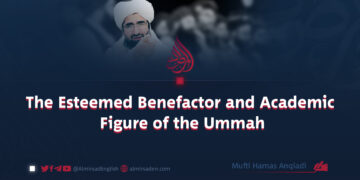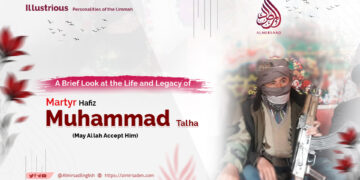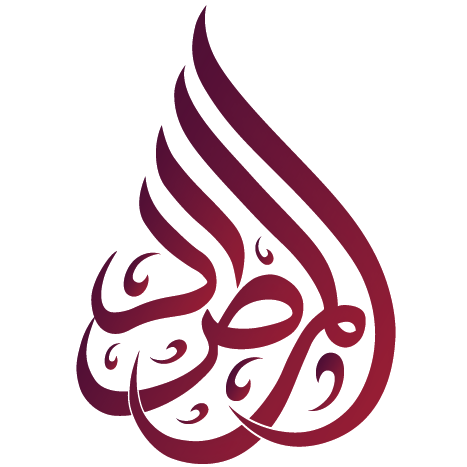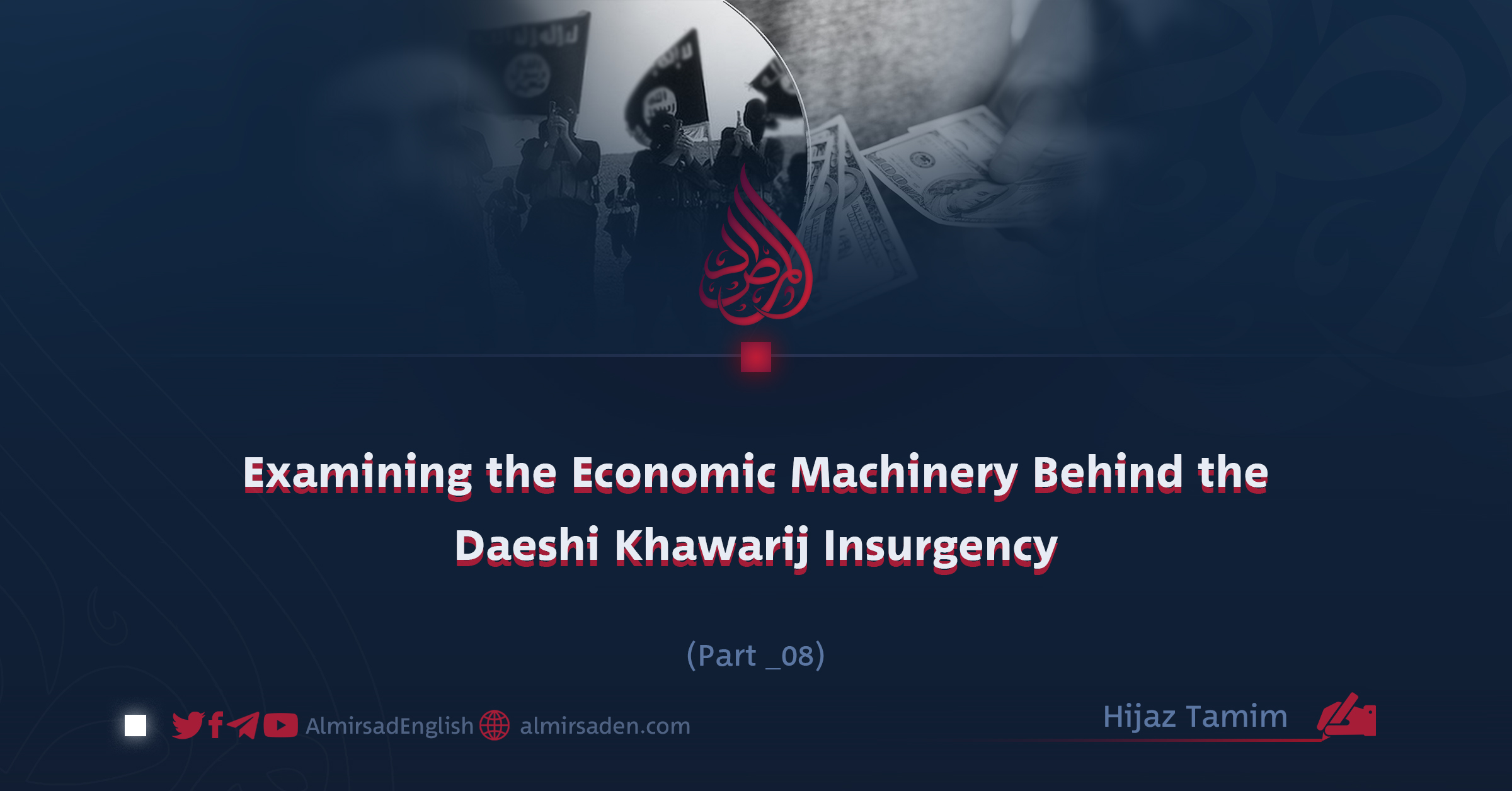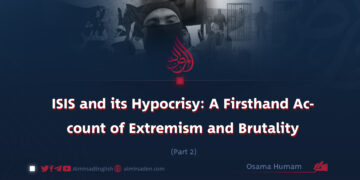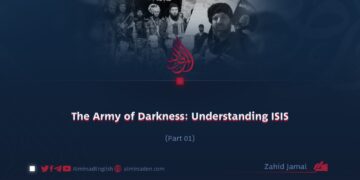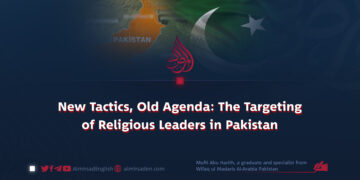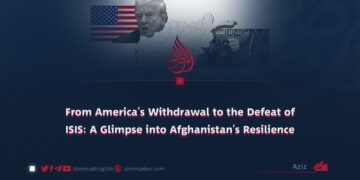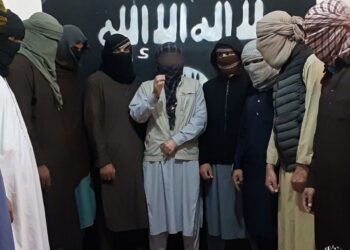Part 8
Hijaz Tamim
The Fifth (Khums) of Spoils
One of the most significant financial mechanisms employed by the Daeshi Khawarij has been the imposition of khums, the Islamic concept of allocating one-fifth of war spoils to the public treasury. According to Hanafi jurisprudence, ghanimah (spoils of war) refers to wealth, property, or goods acquired through legitimate warfare, under the leadership of a rightful Islamic authority and in accordance with the principles of Sharia.
Despite ISIS’s exploitation of this concept, it is widely recognized that the group represents an extremist, intelligence-backed project, far removed from the essence of Islam. Its emergence under the guise of religious legitimacy was, in reality, a strategic maneuver to malign the image of Islam. Nevertheless, factions and individuals who pledged allegiance to ISIS were required to surrender 20 percent of their self-defined “spoils” to the group’s central treasury.
According to Foreign Affairs, ISIS systematically applied the khums principle to assets seized during its operations, including weapons, valuables, and even human beings, justifying this practice by referencing verse 41 of Surah Al-Anfal in the Qur’an.
Sources of Khums (According to ISIS)
A report by the Brookings Institution outlines the various categories from which ISIS extracted khums:
1. Cash: Money looted from banks, government institutions, and private residences.
2. Weapons and Ammunition: Arms and supplies captured from military and law enforcement forces.
3. Vehicles and Transport: All confiscated vehicles were evaluated for their market worth and taxed accordingly.
4. Businesses and Commercial Property: Shops, warehouses, and other assets, especially those belonging to individuals ISIS labeled as “apostates.”
5. Men and Women: Human beings were, on several occasions, treated as war booty, with the khums rule applied to them.
In practice, ISIS weaponized khums into a distorted economic and political tool, facilitating the expansion of its war apparatus, legitimizing its criminal activities, and attracting new recruits. When voluntary compliance failed, the group resorted to coercion.
For example, in 2013, seven women in Syria’s Deir ez-Zor province discovered a cache of ancient artifacts in the Al-Salhiyah area. An ISIS commander, Abu Layth, estimated the find to be worth 70,000 U.S. dollars and demanded 20 percent as khums. Upon their refusal, he attempted to seize the share by force, illustrating the group’s routine use of intimidation and violence to enforce this practice.
Utilization of Khums Funds
ISIS allocated the revenue generated from khums across several sectors critical to its operations. Based on analyses from Foreign Affairs, the Brookings Institution, and Chatham House, the primary areas of expenditure included:
1. War Financing
– Procurement of weapons, ammunition, explosives, and military gear.
– Organization of logistics, transportation, and operational security.
2. Fighter Salaries
– Monthly stipends for fighters, generally ranging from $300 to $400.
– Additional compensation for injured combatants and families of those killed.
3. Propaganda Operations
– Production of media content, including videos, magazines, and online campaigns.
– Dissemination of a falsified image of Islam.
4. Administrative Expenses
– Funding internal departments such as taxation, policing, and intelligence.
– Maintenance of ISIS-run offices, administrative hubs, and pseudo-governmental structures.
5. Judiciary and Religious Policing
– Financing al-Hisbah (religious police) units.
– Salaries and expenses for judges, muftis, and court personnel.
6. Social Services
– Distribution of food, provision of medical services, and care for orphans.
– These services also served propaganda purposes, portraying ISIS as a state-like entity.
7. Infrastructure Maintenance
– Repair and cleaning of roads in occupied territories.
– Limited access to electricity and water infrastructure.
8. Espionage and Security Networks
– Support for internal spies, informants, and intelligence operations.
9. Education and Ideological Indoctrination
– Promotion of extremist narratives in schools and religious institutions under their control.
10. Prisoner Detention and Ransom Operations
– Management of detention facilities and hostage negotiations for financial gain.
Impacts and Implications of Khums
The institutionalization of khums had far-reaching implications for ISIS’s financial and operational capacities:
1. Financial Autonomy and Continuity
Khums provided a stable and sustainable source of income, reducing reliance on external donors.
2. State-Like Administrative Structure
ISIS established specialized bureaus such as Diwan al-Ghanā’im and Diwan al-Māl to oversee the collection and management of spoils, reinforcing its claim to statehood.
3. Recruitment Incentives
Fighters were encouraged by the promise that only one-fifth of the spoils belonged to the “state,” while the rest was theirs to keep. This enticed many poor, unemployed, or ideologically driven individuals.
4. Propaganda and Religious Justification
The group portrayed its enforcement of khums as a faithful implementation of Islamic rulings, masking its crimes behind religious terminology to gain legitimacy.
5. Systematic Theft and Extortion
Under the pretext of khums, ISIS confiscated property at will, devastating local economies, instilling fear, and perpetuating lawlessness.
6. Resilience Against Sanctions
Since khums was predominantly collected in cash or physical goods, global financial sanctions had limited efficacy in disrupting ISIS’s internal economy.


